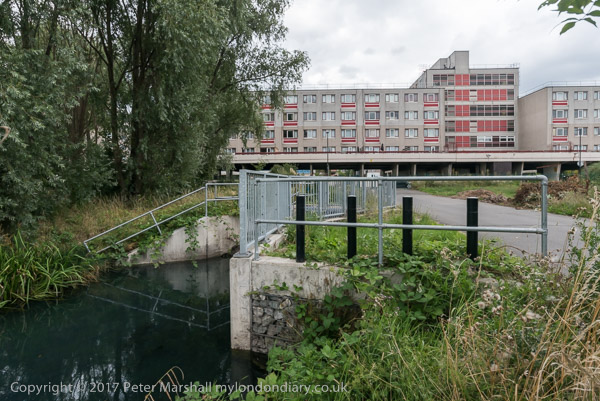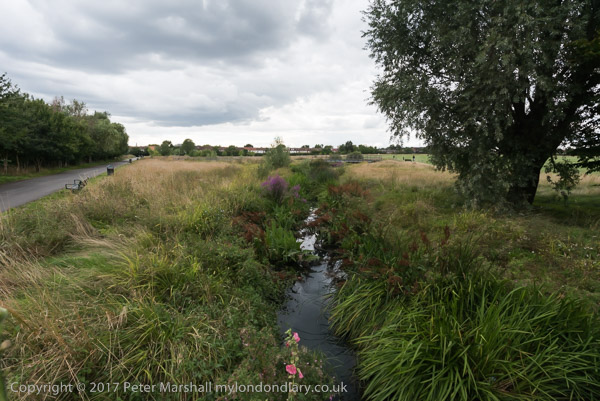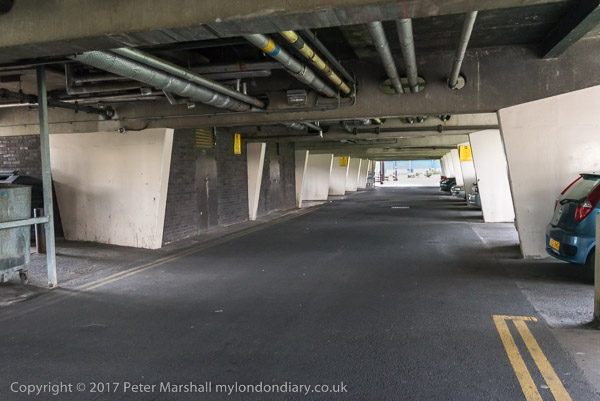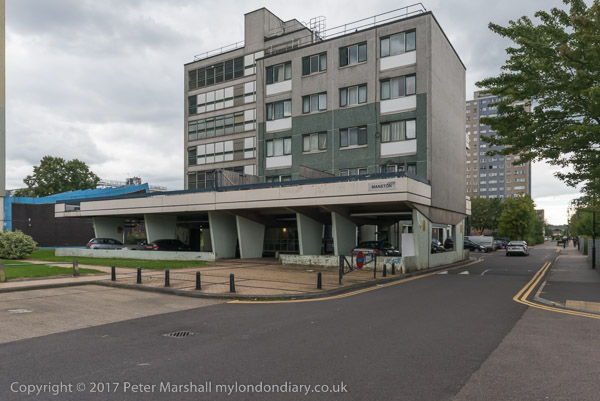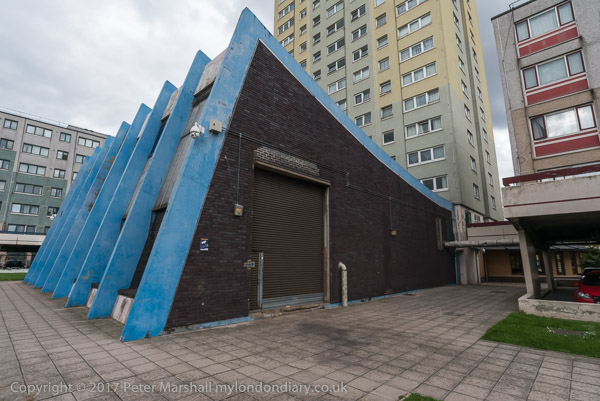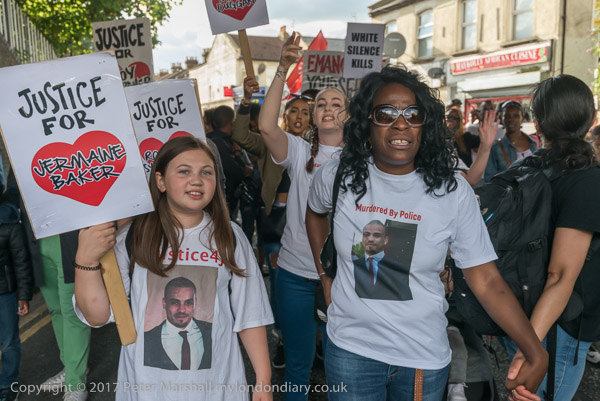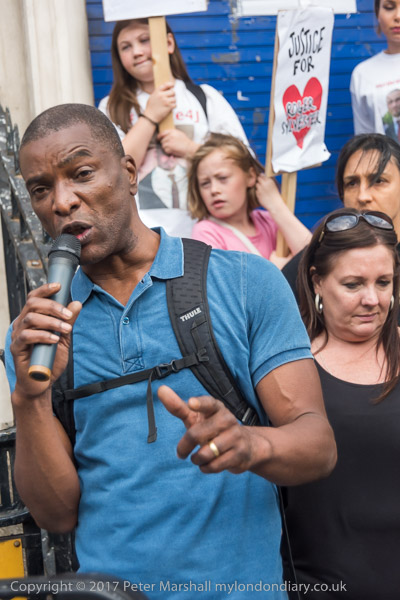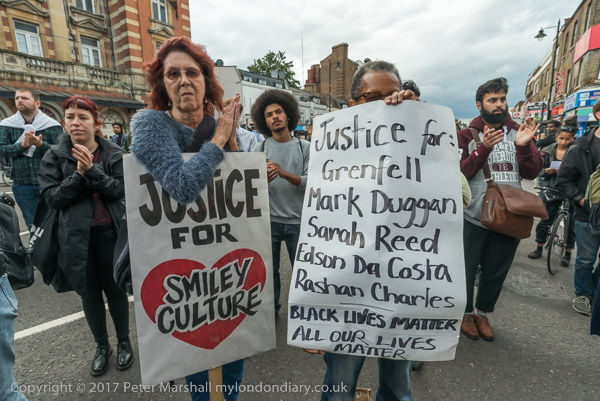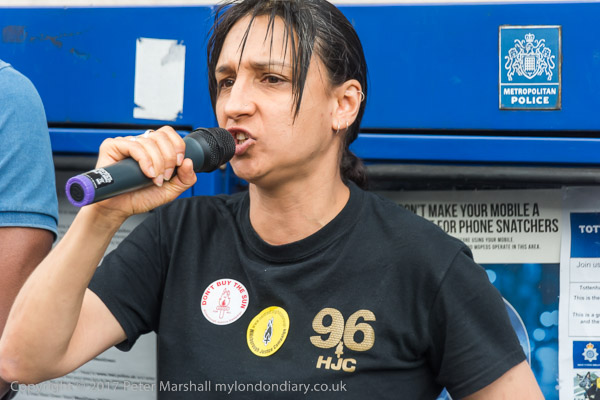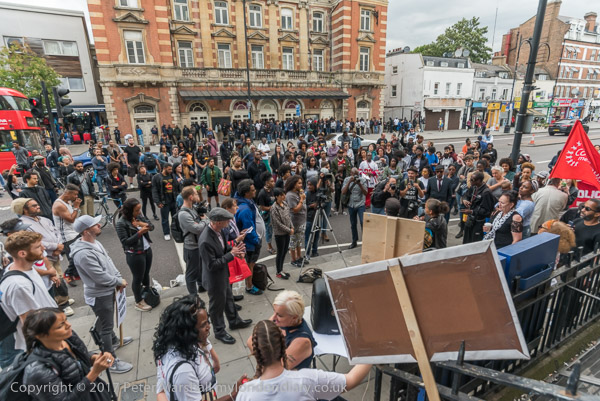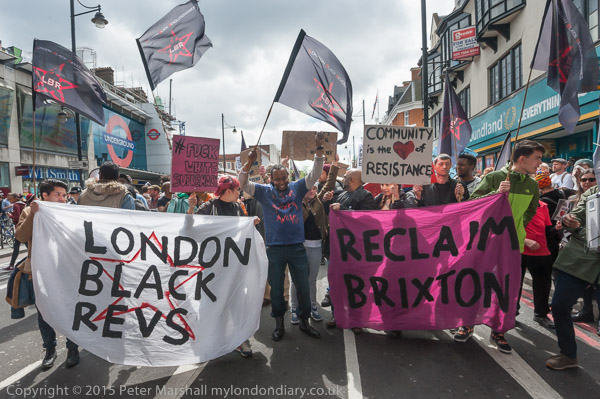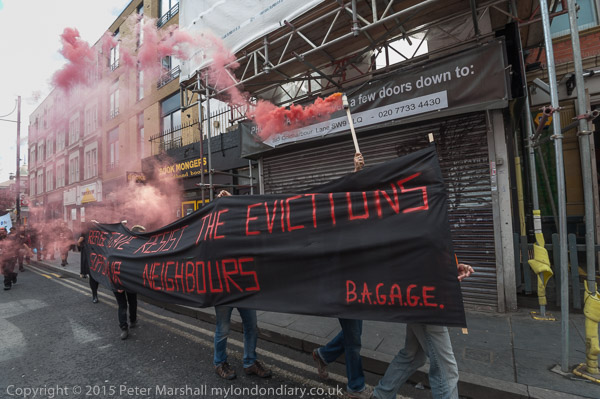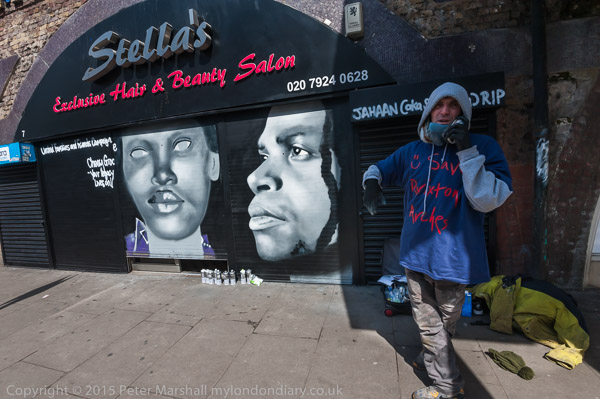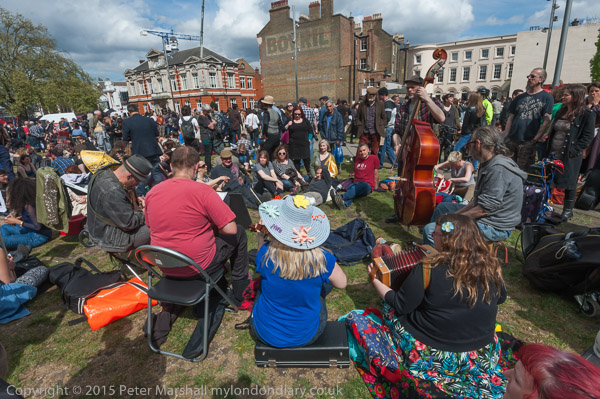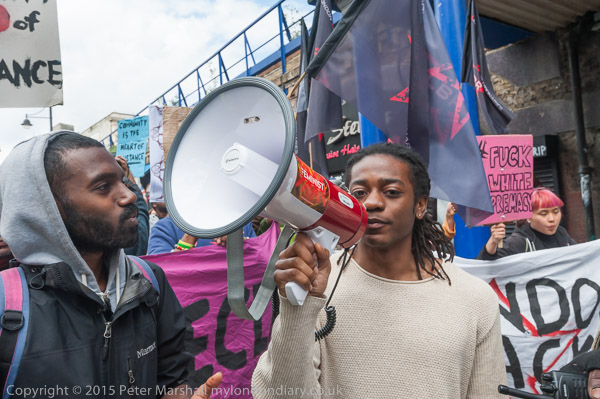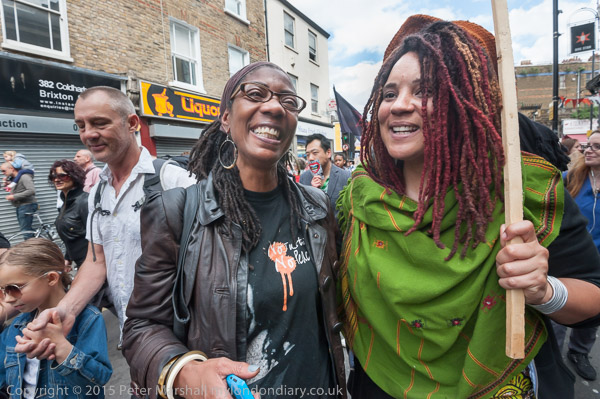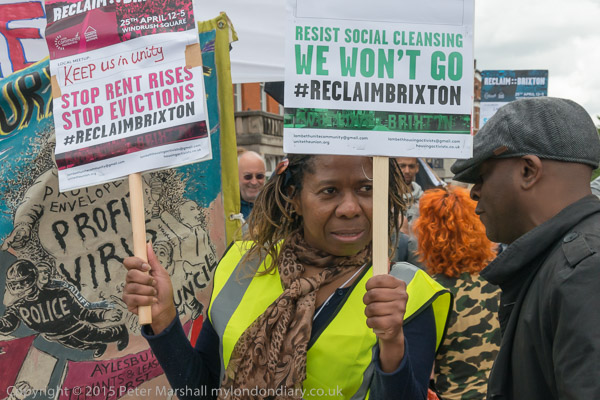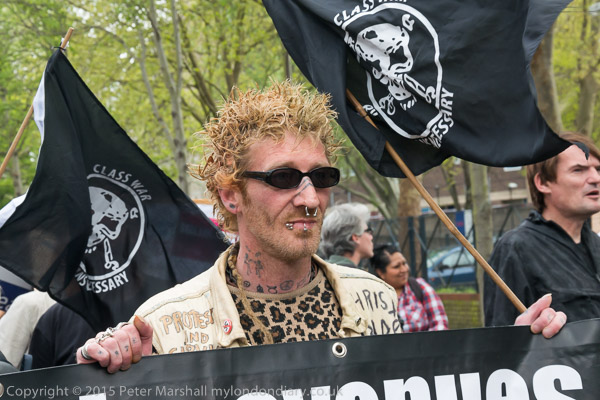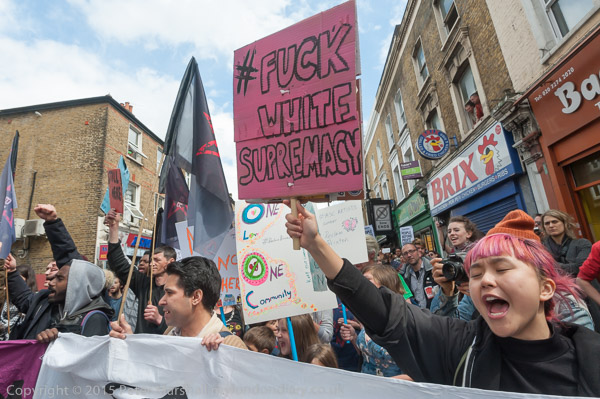Unite The Kingdom & Rejoin Europe: Although I’m not covering as many protests as I used to I haven’t entirely given up covering them. But my priority at the moment is in digitising as much as possible of the photographs which I took on film before I moved to digital around 20 years ago.

I think those images are a historical record of those times showing London in the latter years of the 20th century. You can see around 35,000 of them already on Flickr.

But also I’m feeling my age, and get tired much more quickly; after spending two or three hours covering events I’m ready to go home. But still most weeks I try to get out at least one day covering protests, usually on Saturdays.

Of course over the past year many of the protests I’ve photographed have been about the continuing events in Palestine. But last Saturday there were only a few small events related to this taking place – the next big protest comes this Saturday, 5th October, starting at 12 noon in Russell Square. Unfortunately I’ll miss that one as I’m away at a conference.

I covered two events on Saturday 28th September, both unfortunately starting at noon, but one in Trafalgar Square and the other on Park Lane, around 2 kilometers to the west. Fortunately the journey by tube between the two is fairly fast.

I began taking pictures in Trafalgar Square, where Stand Up To Racism had called on its supporters to come to oppose a threatened far right racist protest which was to take place there.

The far right group was calling itself “Unite the Kingdom”, inspired by that phrase used by ‘Tommy Robinson’ at his protest in Trafalgar Square in July. He and his followers incite hate against migrants and asylum seekers, and their racist and Islamophobic rants were what led to the extreextreme right, right-wing, me right riots in Stockport, Birmingham, Hull and elsewhere – which tried to burn down buildings housing migrants.

There were a few short speeches and by the time I left Trafalgar Square half an hour or so later there were perhaps a little under two hundred people who had come to oppose the extreme right, with banners from various parts of London and a few from various organisations including GiK-DER Refugee Workers Cultural Association, and more were still arriving. But there was no sign of the extreme right protest.

The third annual grassroots National Rejoin March was a rather larger event, with several thousand people crowding around the area close to the Hilton Hotel, and I had time to take some pictures and talk to a few of the protesters before the march set off.

There is now a fairly large proportion – almost 50% of us – in the country who realise that leaving Europe was a huge mistake, while support for staying out is under 35%, and opinion polls in 2023 showed a hugely different result – around 70% to 15% – if a referendum was held then.Despite this there now seems very little chance that we would return into membership of the EU in the foreseeable future.

In England & Wales the Green Party, Plaid Cymru, and the Liberal Democrats want to rejoin, but the two major parties and Reform are committed to stay out. It may well have contributed to the success enjoyed by the Lib-Dems in the recent general election, and there seemed to be a strong presence at the protest from some of their stronger areas.

One of the main themes in the protest was that the question of rejoining Europe is the ‘elephant in the room’ of current British politics. Both Labour and Tories seem to believe that if the came out in favour of it would give the other party a huge boost.

This march seemed smaller than the previous two annual marches and it took less than ten minutes for the whole body of marchers to pass me as I stood on the street corner before rushing back to the tube to return to Trafalgar Square.

When I arrived there around a dozen ‘Unite The Kingdom’ protesters had arrived. Police had formed two lines on the North Terrace perhaps 50 yards apart separating them from the Stand Up to Racism supporters. Most of these had left with their banners leaving only a small fraction – still considerably outnumbering the racists. But police now seriously outnumbered both groups.

I took a few pictures, but couldn’t really be bothered – and it shows. But I think we are likely to see much larger numbers at future extreme right-wing protests than this disorganised damp squib.
Flickr – Facebook – My London Diary – Hull Photos – Lea Valley – Paris
London’s Industrial Heritage – London Photos
All photographs on this page are copyright © Peter Marshall.
Contact me to buy prints or licence to reproduce.
